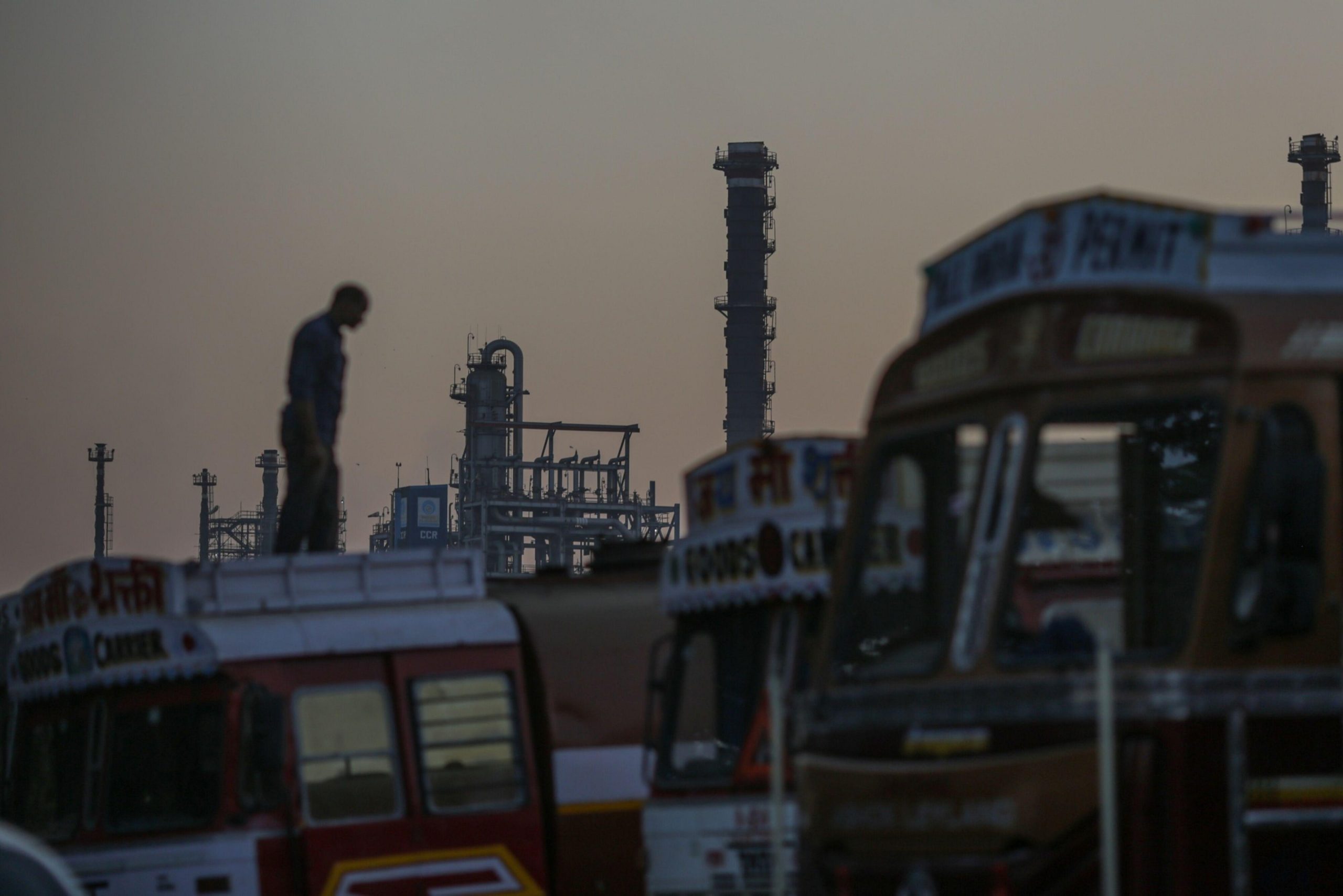Crude oil prices have fallen by nearly 18 per cent since September, despite the conflict in West Asia. This is a positive for India, which depends on energy imports. If this persists, apart from the energy sector, there could be benefits for transport (auto sector, logistics) and it could lead to easing inflation and a reduction in the Current Account Deficit.
The price of the Indian crude basket has dropped from $93 per barrel in September to $77 in early December.
The Bloomberg consensus forecast has Brent pegged at $78 for CY24. This is good for oil marketing companies (OMCs) and it is also good for crude and gas producers since the government has cut the windfall tax. Investors may note that sharp corrections in crude prices generally trigger market rallies.
The direct impact on the energy sector should see a positive re-rating for OMCs (despite possible losses on marked-down inventory) since retail margins and refining margins may both improve.
The windfall tax caps return for upstream companies at around $76 per barrel. Below that, returns for upstream firms would come under pressure. The $65 per barrel level is also crucial since APM (administered price mechanism) gas prices are linked at 10 per cent of crude price with a cap of $6.5 per mmbtu (Metric Million British Thermal Unit). Below $65, the realisations for gas companies would also drop. Petchem margins should improve.
The auto sector is likely to see positive sentiment as retail prices dip, and this could be a boost for sales volumes. In sectors such as aviation and logistics, lower crude prices could go straight to margin expansion. Paints, tyres, lubricants and fertilisers are among other sectors where margin expansion could occur and in cement, the transport costs could ease.
The lower crude and gas prices are predicated on weak global economic activity and under the assumption that OPEC+ will not cut production much or the US and other non-OPEC producers may pick up the slack even if OPEC+ does cut production.
China is a key factor here since global demand could spike if the policy stimulus in PRC is effective. On average, Russia is selling crude at a $9 per barrel discount to Brent.
For OMCs, the price trends must hold in this range for several quarters since it takes an average of four months or so before high-cost inventory is mopped up and they will normally cut retail prices at the pump with much less lag.
Profits from lower crude prices will start making a big impact on bottom lines only around two quarters into a lower price trend. Other industries such as paints, lubricants and petrochemicals also hold inventory.
If the lower prices stabilise within a narrow band of $75-80 for an extended period, it would lead to easing inflation. That in turn, could give the RBI headroom to cut interest rates which would be a major fillip for the overall economy.
Investors may need to be cautious given the big rally in OMC share prices in anticipation of the current prices being sustained.
At these valuations, OMC stocks could be vulnerable to a sell-off if there is an upside movement in crude prices.
First Published: Dec 20 2023 | 9:29 PM IST
Note:- (Not all news on the site expresses the point of view of the site, but we transmit this news automatically and translate it through programmatic technology on the site and not from a human editor. The content is auto-generated from a syndicated feed.))



